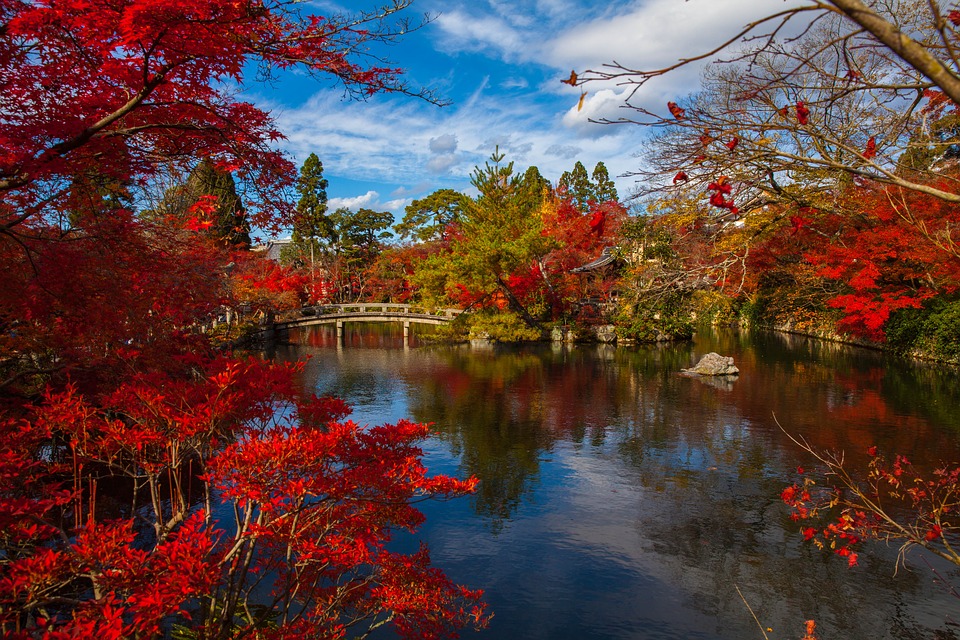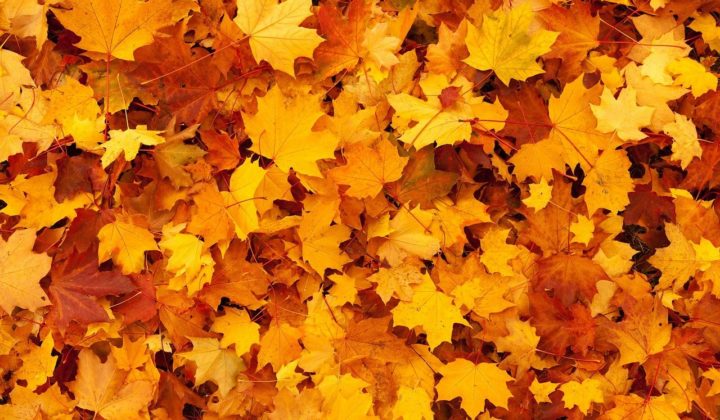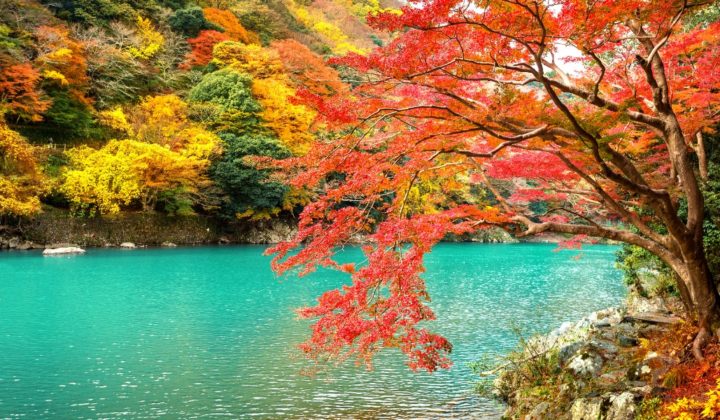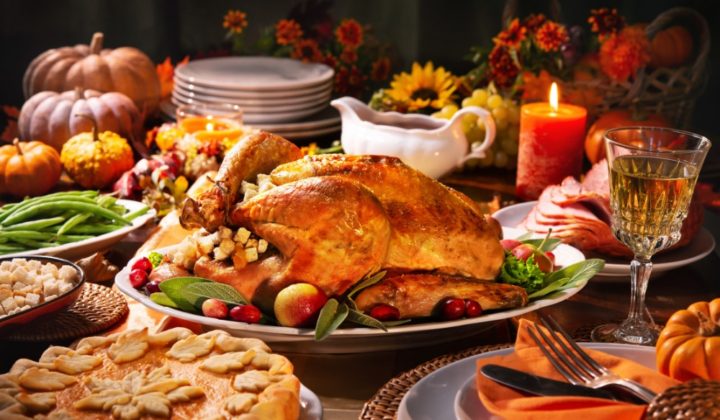Japan is packed with interesting festivals and events every autumn. The autumn foliage in Kyoto for one brings scores of tourist from different countries around the world to take in the famous sights with shrines, temples, and businesses all over the city presenting their seasonal charm.
So pack your autumn essentials now and get ready to immerse yourself into another exciting season in Japan. Here are just some of the biggest autumn festivals held every year in Kyoto and other parts of Japan.
Kichijoji Autumn Festival
The Kichijoji autumn festival is celebrated in early September each year. Thousands of people from all over Tokyo and now more tourists from different parts of the world visit Japan for this festival to welcome the autumn season. The festival started in 1972 at the Musashino Hachimangu, a Shinto shrine dedicated to the divine spirit or kami Hachiman. The festival highlights the procession of mikoshi (the ornate palanquins) that journeys the kami through the shopping streets of Kichijoji.
Ten other teams from the district join the festivities, each of them showcases their unique rhythm and chants in the streets of Kichijoji. The mikoshi bearer gather in front or Kichijoji station to begin the march after the traditional ceremony led by a Shinto priest. The procession follows through all the main street of Kichijoji and the surrounding area. The festival lasts for a day with music, food stalls in every street, different games and entertainment.
Kishiwada Danjiri Matsuri
Like any other festivals in Japan, the Kishiwada Danjiri Matsuri is essentially offered to pray for good and abundant harvest. It’s held in Japan in late September in the town of Kishiwada, Osaka. The festival is believed to have started in the 16th century in Inari Matsuri.
The Danjiri festival is held on different days in September and October, depending on the date of the national holiday, Respect for the Aged Day. It is a cart-pulling festivals and the highlight is a race between floats representing different neighborhoods. The first one held in September is more famous and it involves 34 Danjiri. It centers on the castles and runs from Nankai line down to the seaside. The second occurs in October and it involves 47 Danjiri and centers on the JR stations of Kumeda, Shimomatsu and Higashi-Kishiwada.
The guild members spend considerable amount of time before the festival. The cart must be repainted for pulling to appear fresh as they have been stored in the warehouse for months. The carts are consecrated for the big event and decorated with flags, prayer cards, fresh flower arrangement and lanterns. The drum “taiko” and bell “kane” used to play danijiri rhythm are loaded into the cart and selected musicians tasked to ride the cart vary from veterans to children as young as four.
Sapporo Autumn Festival
There are less festivals in Sapporo every autumn because it rains a lot in October and it starts to get very cold but there’s a relatively new festival called the Sapporo autumn festival. It started in 2008 and has grown and became popular over the years. Sapporo autumn festival showcases the richness of food production around Hokkaido. Autumn is the harvest season in Sapporo, the fest brings the best time to enjoy and appreciate the abundance from nature.
The fest showcases food from the agricultural products, wine and sake, and other items all over Hokkaido. Most of the food stalls serve famous and popular food in Hokkaido such as ramen (Japanese noodles in soup), jingusukan (barbecued lamb), soup curry, soba (buckwheat noodles) and more, produced and grown locally in Hokkaido.
Nagasaki Kunchi Festival
The Nagasaki Kunchi is the most famous festival in Nagasaki, Japan, which started as a celebration of autumn harvests in the late 16th century. It became a shrine festival when Suwa Shrine was founded in 1642. Today, it takes place on October 7-9 every year to showcase the diverse culture of Nagasaki and aspects of Chinese and Dutch cultures.
The performances of the festival include not only Japanese folk dances but also vivid evidence of the longstanding intercultural exchange that Nagasaki is famous for like the Chinese-influenced dragon dances, and Western-influenced Dutch Ship and Dutch Comedies, among others.
About seven groups perform each year presenting traditional dances, dragon dances or performances involving large floats. Most of the street are impassable in the main venue of the festival, which is only limited for people who were able to bought tickets. However, there are other performances in the street that’s free admission.
Hachiman Matsuri Festival
Known as one of the three great festivals of Edo, along with Sanno and Kanda, the matsuri at Fukagawa’s Tomioka Hachimangu shrine takes place annually and is celebrated in all its glory twice a year to commemorate good harvest. It is celebrated every spring (April 14-14) and autumn (October 9-10).
Each festival features matsuri-yatai floats in the area, and they are paraded around all at once. There will be a festival parade and a yoimatsuri (evening festival) held only on the night of the 9th of October. Each float during the day carry 100 paper lanterns as they tour around the city. For people planning to visit, it is recommended to book in advance, as hotels in Takayma and nearby places get booked out many months from the event.
Autumn Grand Festival
The grand festival is held at Nikko Toshogu Shrine, showcasing the traditional ritual offering of “Yabusame”, firing arrows at targets from atop galloping horses, and the “Togyosai” called “Hyakumonozoroi Sennin Musha Gyoretsu”. Several traditional performing arts are dedicated in 4 days (October 29-November 3), such as Noh and Kyogen (classical Japanese theatre), Hogaku and Hobu (classical Japanese dance) and these are performed by leading performers at the main shrine in honor the deities.
On the last day of the festival, several martial arts are performed, including Yabusame a traditional Japanese horseback archery. The archer wearing samurai costume shoots arrows while riding a running horse and would try to grasp the target.
Are these festivals making you more excited about autumn? Aside from taking really good photographs of these events, don’t forget to enjoy the experience with your loved ones, too. Have fun and have a happy autumn in Japan!









